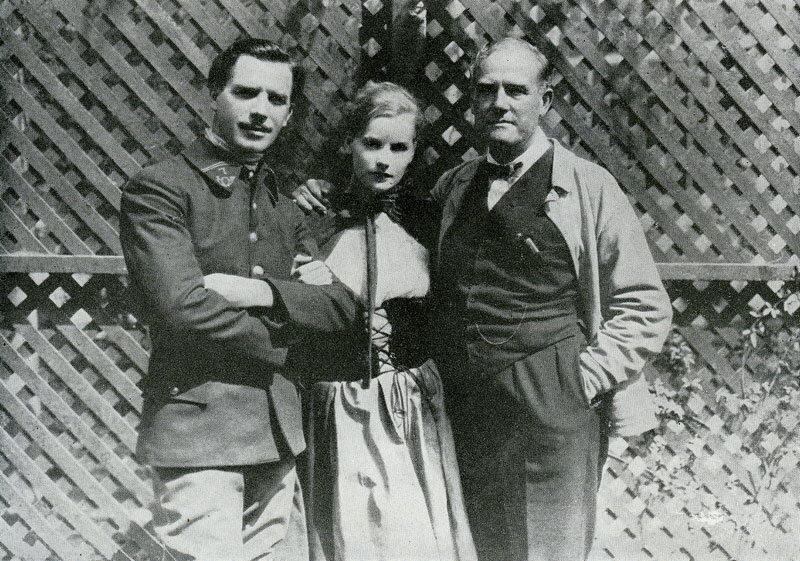
Scott Lord on the Silent Film of Greta Garbo, Mauritz Stiller, Victor Sjostrom as Victor Seastrom, John Brunius, Gustaf Molander - the Golden Age of Swedish Silent Film........Lost Films in Found Magazines, among them Victor Seastrom directing John Gilbert and Lon Chaney, the printed word offering clues to deteriorated celluloid, extratextual discourse illustrating how novels were adapted to the screen; the photoplay as a literature;how it was reviewed, audience reception perhaps actor to actor.
Monday, April 11, 2022
Scott Lord Scandinavian Silent Film: Den Flyvende Circus (The Flying Circus, Alfred Lind, ...
Lilly Beck starred in over ten films made by Mauritz Stiller during the first four years of Svenska Biografteatern and almost ten films directed then by Victor Sjsotrom. Before that, Charles Magnusson had directed her in the 1911 film "The Talsiman" (Amuletten). By 1912 she was married to Erik Magnusson and starred in the film "The Fying Circus" as Lilli Beck Magnusson. Actress Stella Lind, who died in 1919 at the age of 26, also appears in the film. During 1912 Beck also appeared in the sequel to the film, entitled "The Bear Tamer from the Flying Cicus", her having been billed as Lilli Beck , as well as having that year costarred with Rasmus Ottesen in the film "The Strong Power". She was married to Victor Sjostrom, whom she also divorcd, from 1914-1916.
Alfred Lind had begun as a photogtapher on the film "The Little Hornblower" for director Eduard Schnedler-Sornensen in 1019. He is listed as having been cinematographer to the film "The Flying Circus" as well as having coscripted the photoplay with Carl Dumreicher.
Silent Film
Swedish Silent Film
Sunday, April 10, 2022
Swedish Silent Film
Author Anne-Kristin Wallgren, on Nordic Academic Press, notes that the films of Karin Swanstrom may have seemed atypical with the Swedish Silent Film of Sweden's Golden Age. In Welcome Home, Mr Swanson- Swedish Emigrants and Swedishness on Film, she writes, "Of the few Twneties films to mention America, only one has a happy ending, namely, Boman pa utsallningen (Boman at the Exhibition/Boman at the Fair, Karin Swanstrom, 1923, Ironically, Forsyth Hardy, in the volume Scandinavian Film notes, "Svensk Filmindustri, through its producers Karin Swanstrom and Sickan Claesson, was content to produce modestly conceived films for the home front. They were for the most part comedies with a strong theatrical flavor, or farces."
Greta Garbo
Silent Film
Swedish Silent Film
Greta Garbo
Silent Film
Swedish Silent Film
Subscribe to:
Posts (Atom)